Petras: A Minoan Power Center in Eastern Crete
The archaeological site of Petras, located east of Siteia, Crete, offers a glimpse into the complex societal structures and economic activities of the Minoan civilization. Excavations since 1985 have revealed a Minoan town with a central building bearing palatial characteristics, indicating Petras’ importance in the region.
Early Minoan Settlement and the Rise of Elites
Evidence suggests that the hill at Petras was occupied as early as the Early Minoan IIB period. Buildings from this time were simple, constructed with unworked stones and plastered walls. The settlement engaged in wool processing, weaving, and obsidian blade production. By the Early Minoan III/Middle Minoan IA period, signs of emerging elites and potential competition arose, although extensive leveling for the later palace obscures evidence from this transitional phase.
The First and Second Palaces: Evolution and Administration
The first palace, built in MM IIA, featured a central court, storage areas, and architectural elements resembling those found in other Minoan palaces. The presence of a hieroglyphic archive suggests administrative functions and the storage of goods. This palace grew in importance during MM IIB but was destroyed, possibly by an earthquake.
The second palace, constructed in MM III-LM I, largely followed the first palace’s layout but underwent modifications. Notably, the north magazines were built, and a stoa was added to the central court. The palace’s orientation shifted, with increased emphasis on storage, reflecting a broader trend in Crete during LM IB.
Industrial and Domestic Life in Petras’ Houses
Excavations have uncovered houses in Petras, providing insights into Minoan domestic and industrial activities. House 1.1, a two-story building from MM III-LM IA, contained areas for food preparation, storage, and craft activities like obsidian knapping, stone vase manufacture, cloth dyeing, and weaving. The distribution of pottery finds suggests meals were consumed on the upper floor.
House 2, a large neopalatial building, underwent transformation in LM IB. It became a center for wool dyeing and weaving, with evidence of tripod vessels, mortars, and loom weights. This shift highlights the adaptability of Minoan structures and economic activities.
Petras: A Window into Minoan Society
The archaeological site of Petras reveals the complexity of Minoan society, from the rise of elites and the establishment of palatial structures to the organization of trade and industrial activities. Ongoing excavations continue to illuminate the lives and customs of the people who inhabited this significant Minoan center.
Petras Archaeological Site: Key Points
- Construction Period: Early Minoan IIB – Late Minoan IB
- Location: Near Siteia, Crete, Greece
- Dimensions: Central building complex: 2800 square meters
- Historical Significance: Major Minoan town with palatial building
- Current Status: Active archaeological site













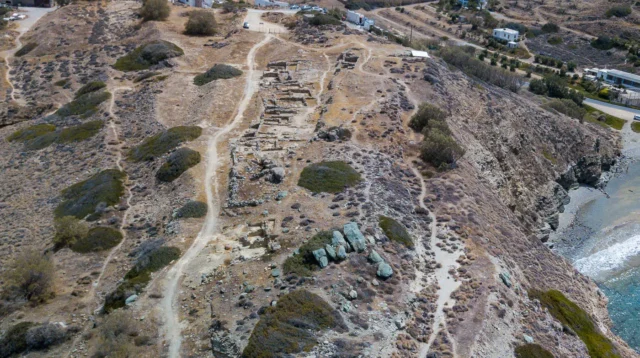
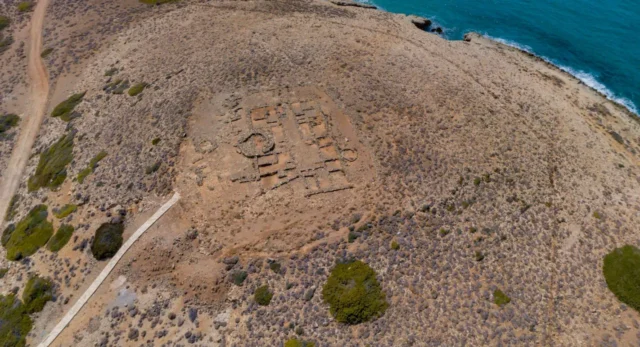

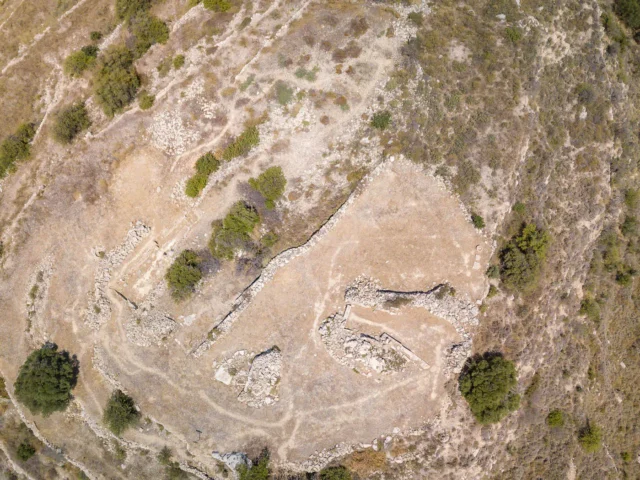




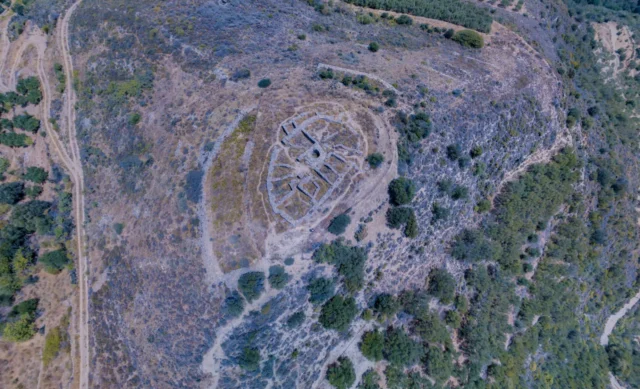
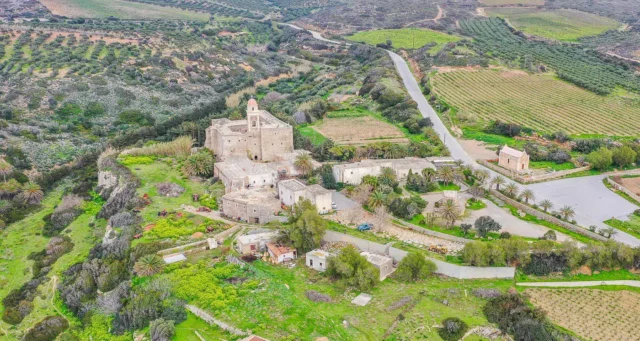


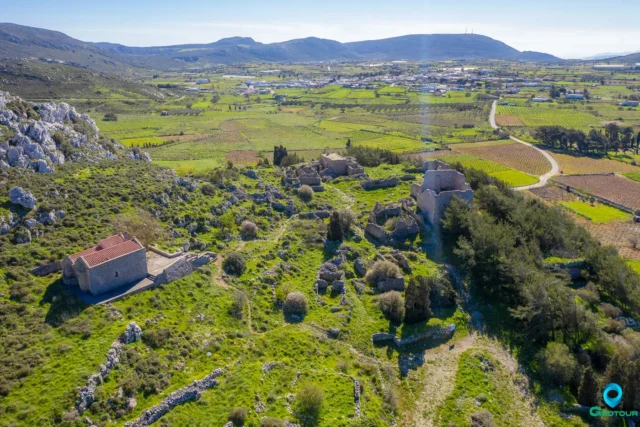

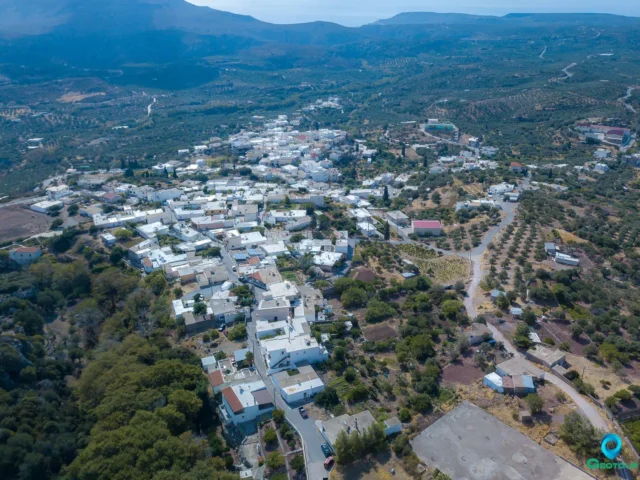
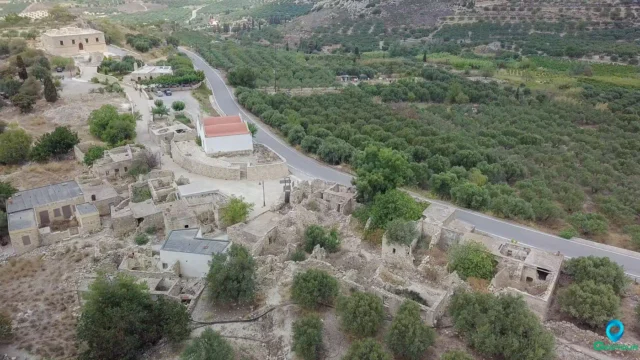
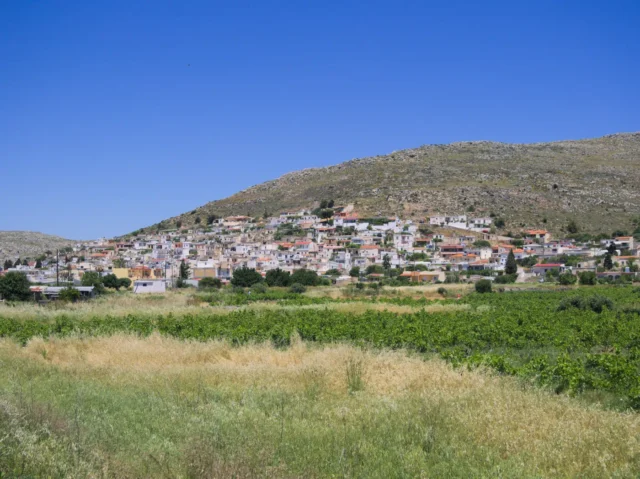
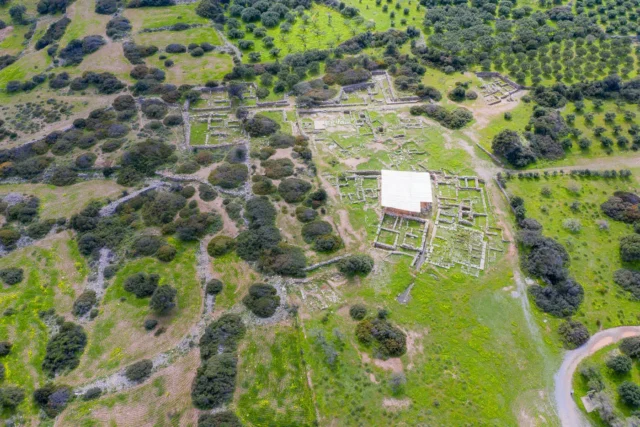
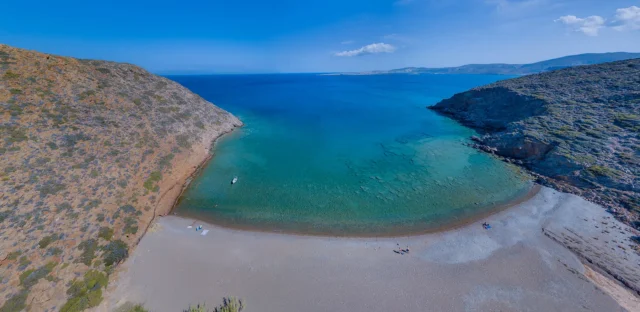

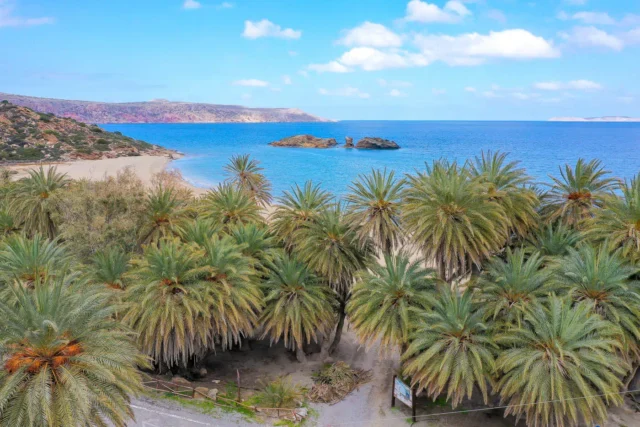
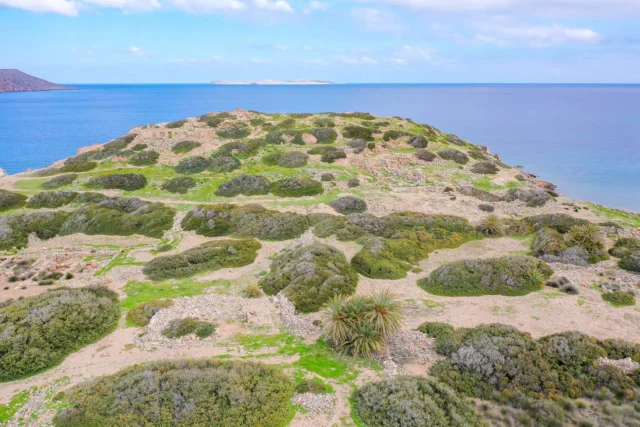
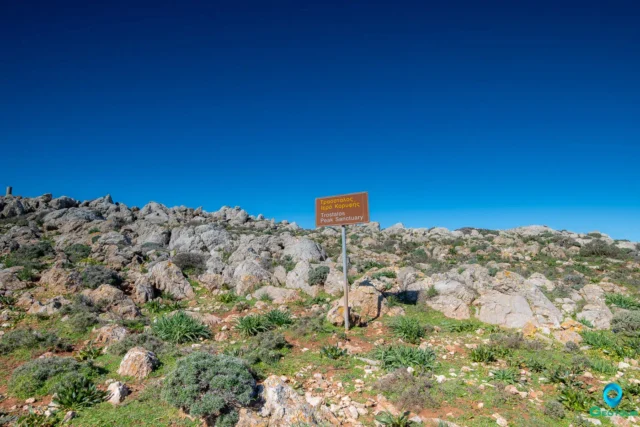

There are no comments yet.